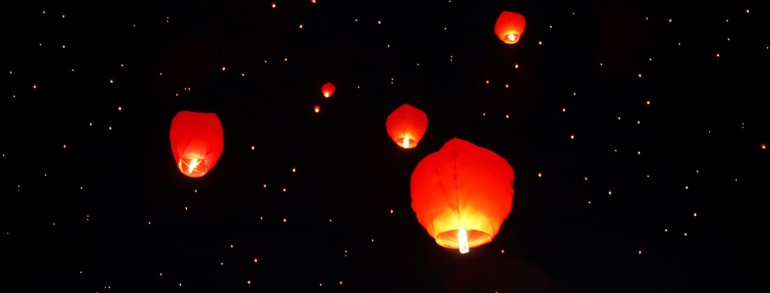J&K Connectors loves airplanes and discovering new and exciting experimental aircraft. Our on-hand inventory of airplane and industrial connectors is unmatched in this industry and we’re always looking ahead to the next big thing. However, we believe in learning from the past before determining the future, so we’re taking a look back at the history of aviation. This is Part 2 of our series; you can find Part 1 here.
The ancient Chinese were the first to discover and understand that hot air rises. Their small sky lanterns are famously used in ceremonial rituals and for celebration purposes and have been used for almost two thousand years. Later, the Greek engineer Hero of Alexandria, created the Aeolipile, which utilized air pressure and steam to create sources of power and even a rotary motion.
Major Milestones in Flight
- ~1000BC – The kite is invented in ancient China
- 400BC – Archytas of Tarentum makes a steam-propelled pigeon
- 1485-1500 – Leonardo da Vinci conceptualizes flying machines and parachutes that will inspire aviators for centuries
- 1785 – Blanchard and Jeffries cross the English Channel by balloon
- 1852 – Giffard’s steam-powered airship takes off for the first time
- 1903 – The Wright Brothers make first powered, sustained flight
- 1927 – Charles Lindbergh achieves first nonstop solo trans-Atlantic flight
- 1932 – Amelia Earhart becomes the first woman to complete the Lindbergh flight
- 1933 – The Boeing 247 takes flight
- 1947 – Charles Yeager pilots the X-1, breaking the speed of sound
- 1957 – The Soviet Union launches Sputnik 1
- 1961 – Yuri Gagarin becomes the first man in space
- 1969 – Neil Armstrong and Buzz Aldrin walk on the moon
- 1981 – Space Shuttle Columbia is launched, becoming the first reusable spacecraft in history
- 1998 – The first sections of the International Space Station are launched and joined in continuous orbit
- 2000 – The first ISS crew takes residence in the orbital station
- 2011 – The Space Shuttle program is retired
- 2011 – NASA and SpaceX announce the Red Dragon Mars mission with plans to land on the planet’s surface sometime in 2018
Leonardo da Vinci’s now famous sketches of human aircraft mechanisms and devices went relatively unnoticed until over two hundred years following his death. His concepts were considered very rational in their designs, but didn’t match sound science as it was understood upon their uncovering in 1797. His drawings included plans for primitive helicopters, rotorcraft, gliders, and parachutes.
Balloons and Airships
In 1783, French aviators made several significant leaps forward in balloon travel and theory. In August of that year, Jacques Charles and the Robert brothers launched the first unmanned hydrogen balloon. In December, they launched a manned balloon in front of a crowd of over 400,000 people and achieved a height of about 1,800 feet. Charles later ascended again to over 3,000 meters.
Dirigibles and airships became the aviation trend of the time, igniting a scramble for controlled, long-distance air travel throughout the 19th century. The first Zeppelin launched in 1900 in Germany and was a popular form of transportation until the Hindenburg disaster of 1937.
Next time, we’ll discuss aircraft that more directly influenced those that are produced and used today. For more information about airplane parts and accessories, contact J&K Connectors or browse our vast in-stock inventory here.




